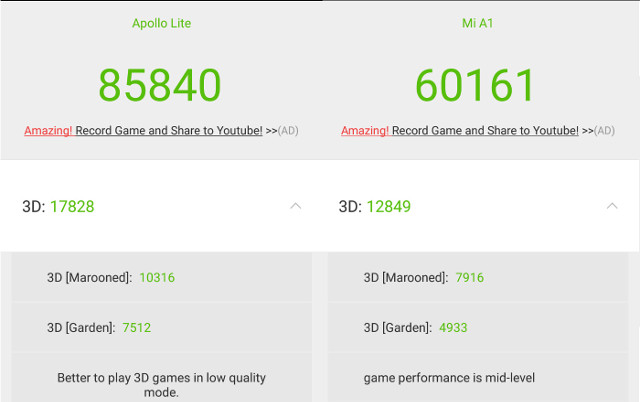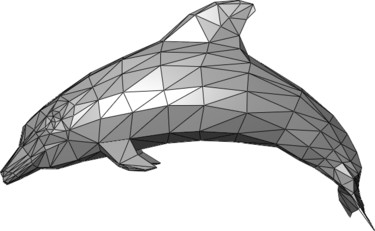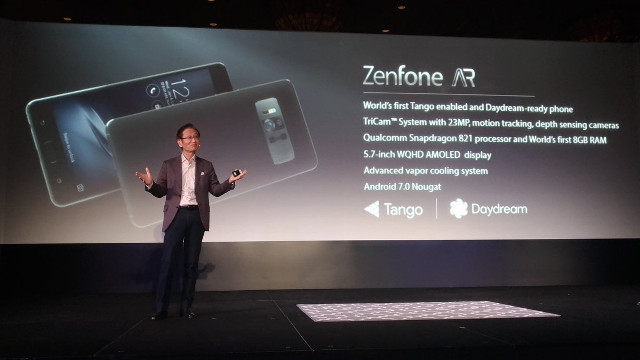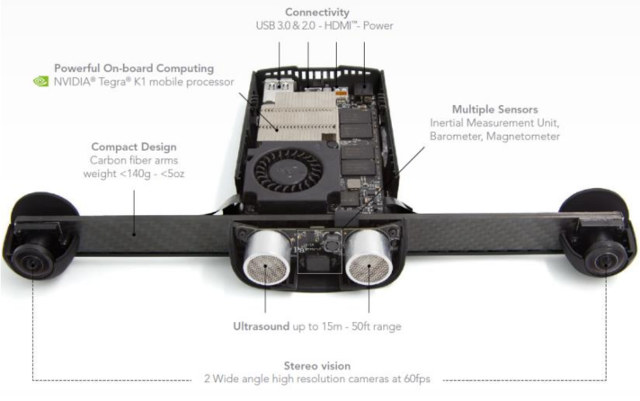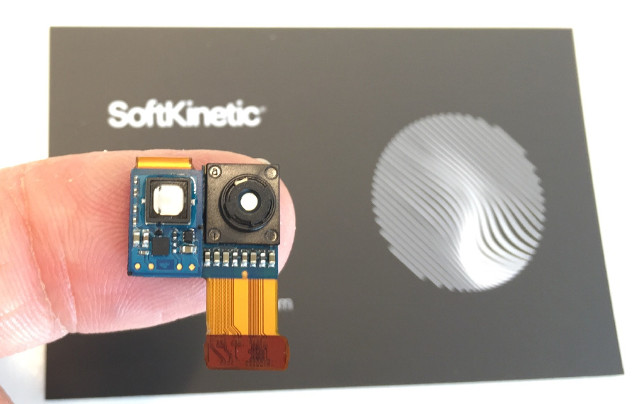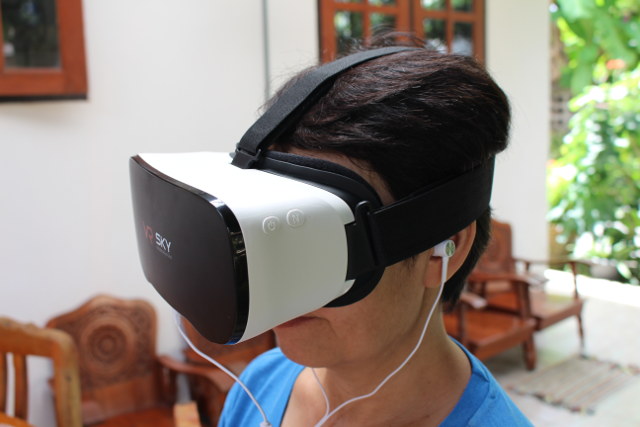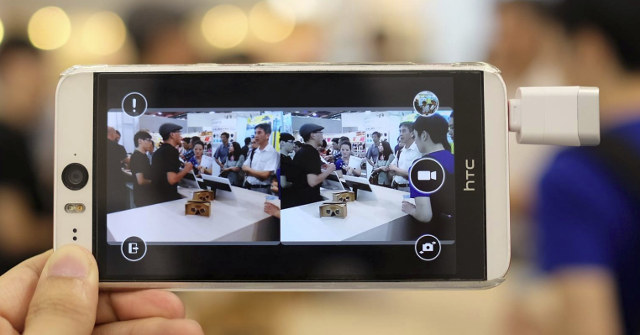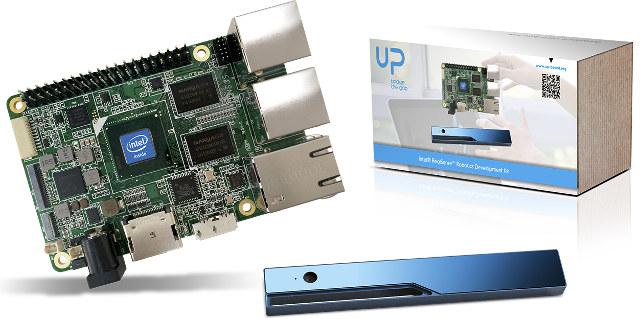I’ve been using Vernee Apollo Lite smartphone with a Mediatek Helio X20 deca-core ARM Cortex A72/A53 processor coupled with an ARM for a little over a year. Recently, I’ve received Xiaomi Mi A1 smartphone for a Qualcomm Snapdragon 625 SoC featuring eight ARM Cortex A53 cores and an Adreno 506 GPU. In theory, the latter is a downgrade, and the Xiaomi phone is indeed quite slower in Antutu with overall score of 60,161 points against 85,840 points in the Mediatek phone. 3D graphics performance is also lower with 12,849 vs 17,828 points. Both smartphone have the same resolution (1920×1080), so it’s a little confusing to be told you’d “better to play games in low quality mode” for the Mediatek phone, and “game performance is mid-level” for the Snapdragon one. But anyway Helio 20 should work better in 3D games than Snapdragon 625 if we are to believe the numbers. Most […]
Google Introduces Draco Open Source 3D Mesh Compression Tool
Specific compression and/or encoding algorithms are used for video, audio, and files, and each time one watches a video, listens to music, or downloads a file from the Internet, the amount data has likely been reduced thanks to the implementation of one of those algorithms. Google has been involved in the development of some algorithms and their implementation such as VP8/VP9/VP10 video codecs, and brotli file compression. With the emergence of virtual and augmented reality applications and accompanying 3D mesh data, the company has also worked on 3D data compression, and just unveiled Draco. A simple web search showed me some other 3D mesh compression tools are already available including Open3DGC and OpenCTM, but Google decided to compare Draco to GZIP instead, and it indeed offers much better compression than this general purpose file compression tool. Encoding and decoding also appear to be fairly fast, although Google did not compare […]
Vapor Cooled ASUS Zenfone AR Smartphone Comes with 8GB RAM, Supports Google DayDream and Tango
ASUS Zenfore AR is an interesting beast, powered by a Qualcomm Snapdragon 821 processor, it’s the first processor I’ve heard to come with 8GB RAM, and also the first to support both Google DayDream virtual reality, and Google Tango 3D depth sensing camera. On top of that, it’s allegedly cooled by an “advanced vapor cooling system”. Zenfone AR (ZS571KL) specifications: SoC – Qualcomm Snapdragon 821 quad core processor up to 2.35 GHz with Adreno 530 GPU System Memory – 6 to 8 GB LPDDR4 RAM Storage – 32, 64, 128 or 256GB UFS 2.0 flash, micro SD/SDCX card slot up to 2TB, 5GB ASUS WebStorage for file, 100GB Google drive for 2 years Display – 5.7″ WQHD (2560×1440) AMOLED display with Gorilla Glass 4, 10-finger capacitive touch Camera Tricam system with 23MP autofocus, motion tracking, and depth sensing cameras (Tango) 8MP front-facing camera with autofocus dual LED flash Video – […]
Parrot S.L.A.M Dunk is a Ubuntu & ROS Computer with 3D Depth Cameras for Drones & Robots
Parrot and Canonical have partnered to develop the Parrot S.L.A.M.dunk development kit for the design of applications for autonomous navigation, obstacle avoidance, indoor navigation and 3D mapping for drones and robots, and running both Ubuntu 14.04 and ROS operating systems. The name of the kit is derived from its “Simultaneous Localization and Mapping algorithm” (S.L.A.M) allowing for location without GPS signal. Parrot S.L.A.M Dunk preliminary specifications: SoC – NVIDIA Tegra K1 processor Camera – Fish-eye stereo camera with a 1500×1500 resolution at 60fps Sensors – Inertial-measurement unit (IMU), ultrasound sensor up to 15 meters range, magnetometer, barometer Video Output – micro HDMI USB – 1x micro USB 2.0 port, 1x USB 3.0/2.0 port Weight – 140 grams Parrot S.L.A.M dunk can be fitted various drones and robotic platforms such as quadcopters and fixed-wings, rolling robots and articulated arms using mounting kits. The computer module is then connected to the host […]
SoftKinetic Announces DepthSense 544 ToF Camera for Mobile Devices
SoftKinetic has recently unveiled DepthSense 544 3D depth sensing ToF camera for mobile devices, which they claim is the world’s smallest ToF camera, with the “highest level of efficiency available on the market, perfect for small form factors such as smartphones and wearables”. That’s all nice, but what does ToF mean? ToF stands for Time of Flight, and ToF cameras calculate the distance by measuring the time the light signal travels between the camera and the object as explained by Wikipedia: A time-of-flight camera (ToF camera) is a range imaging camera system that resolves distance based on the known speed of light, measuring the time-of-flight of a light signal between the camera and the subject for each point of the image. The time-of-flight camera is a class of scannerless LIDAR, in which the entire scene is captured with each laser or light pulse, as opposed to point-by-point with a laser […]
VR SKY CX-V3 Android VR Headset Review – Part 2: GUI, 360° and VR Videos, and Issues
VR SKY CX-V3 is an Android virtual reality headset powered by Allwinner H8vr processor and featuring a 1080p display. I had read VR requires 2K or 4K displays to be useful, but since that’s my very first VR headset, if we don’t count the a Google Cardboard clone as one, I did not mind testing one with a 1920×1080 display, and it ended up being an interesting learning experience. I’ve already shown the hardware with the various buttons, touch interfaces and lenses in the headset, as well as accessories like the charger and headphone in the first part of the review, so today, I’ll go through the interfaces, what works, and mention the issues I had with the device. If you’ve never used a virtual reality headset before, you’ll definitely want to read the user manual, which for once is written in proper English, both for entertainment value, and learn […]
$40 Weeview Eye-Plug USB Dongle Allows You to Record 3D Videos and Photos with Your Smartphone
3D Televisions have not been very successful since their market launch, but with the advance of virtual reality kits, 3D video could make a comeback. If you want to record your own 3D videos, you’d need a 3D camcorder with most models now discontinued. A cheaper and possibly more convenient solution would be to use your smartphone with an extra camera connected to your smartphone’s USB OTG or USB C port, and that’s exactly what Weeview Eye-Plug W9 is doing for around $40 in Taiwan. The app then leverages the rear or front-facing camera (the thing can rotate) of your smartphone, and create a 3D video by combining the two videos from the phone’s camera, and Eye-Plug into a single video. The downside is that resolution is limited to 0.3 MP (VGA) because of the USB 2.0 interface, but an upcoming version with USB type C support will be able […]
Intel RealSense Robotic Development Kit Features Atom x5 UP Board, Realsense R200 Depth Camera
An Intel Developer Forum is currently taking place in Shenzhen, China, which may explains why we have several Intel products announcements targeting developers such as the launch of Quark D2000 development board. Another product for makers and developers is Intel RealSense Robotic Development Kit combining Raspberry Pi like UP Board powered by Intel Atom x5-Z8350 processor with Intel RealSense camera (R200) in order to bring 3D / depth vision to robots. UP Board specifications have changed a little as the processor is now Z8350 instead of Z8300, and they now have a version with 4GB RAM used in the kit: SoC – Intel Atom x5-Z8350 “Cherry Trail” quad core processor @ 1.44 GHz (Burst frequency: 1.92 GHz) with Intel Gen8 HD graphics System Memory – 4GB DDR3L-1600 Storage – 32 GB eMMC flash Video Output / Display – HDMI 1.4b, MIPI DSI/eDP interface Audio I/O – HDMI, I2S Connectivity – […]


